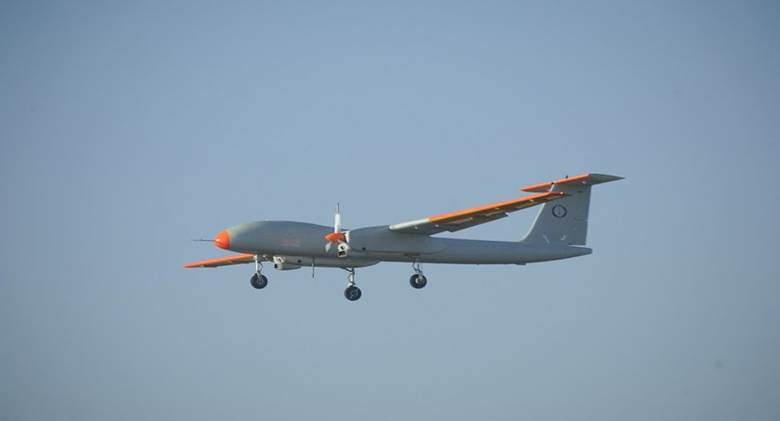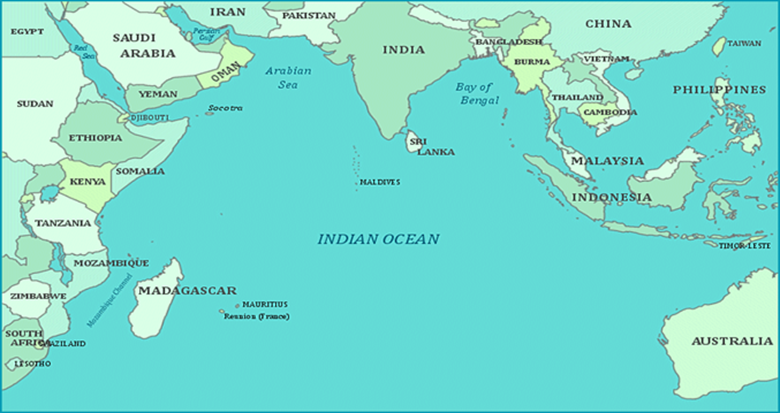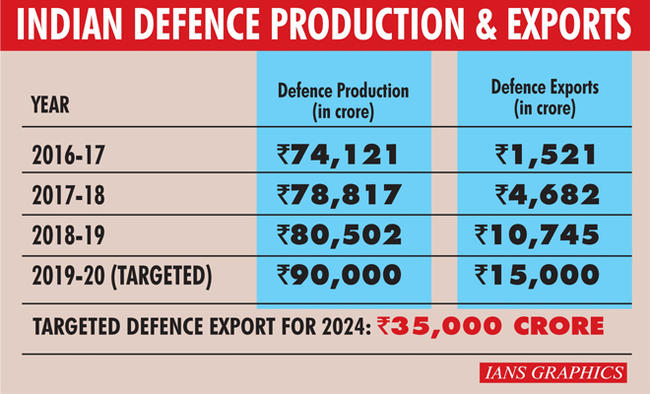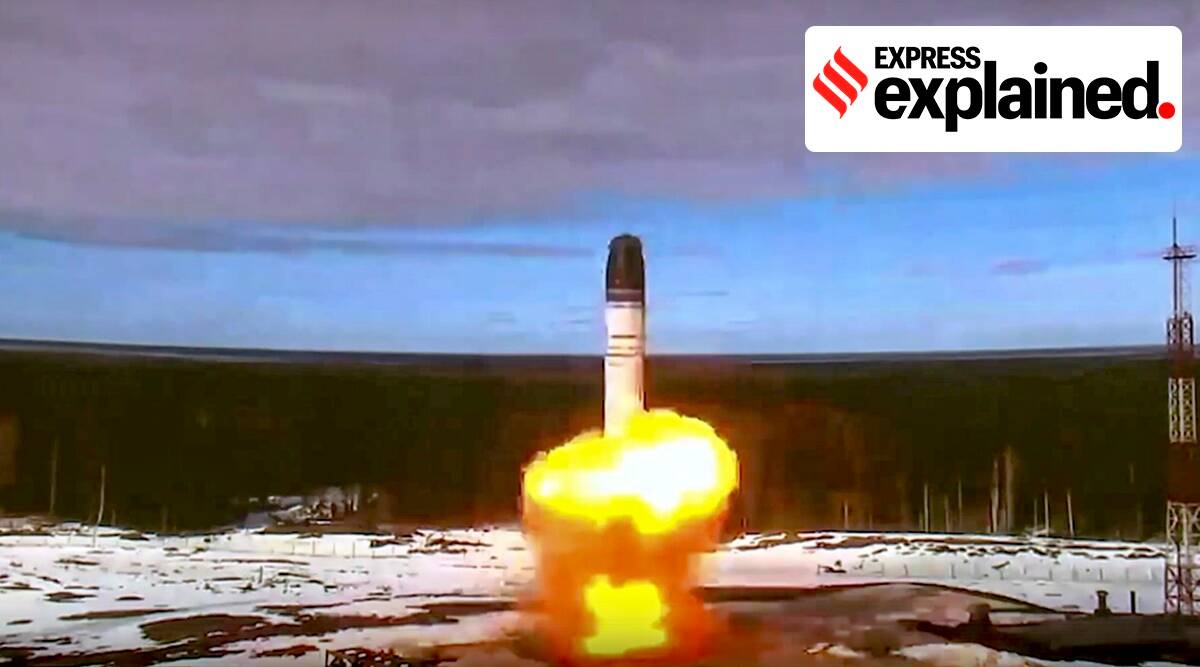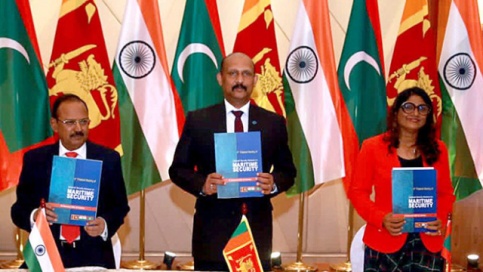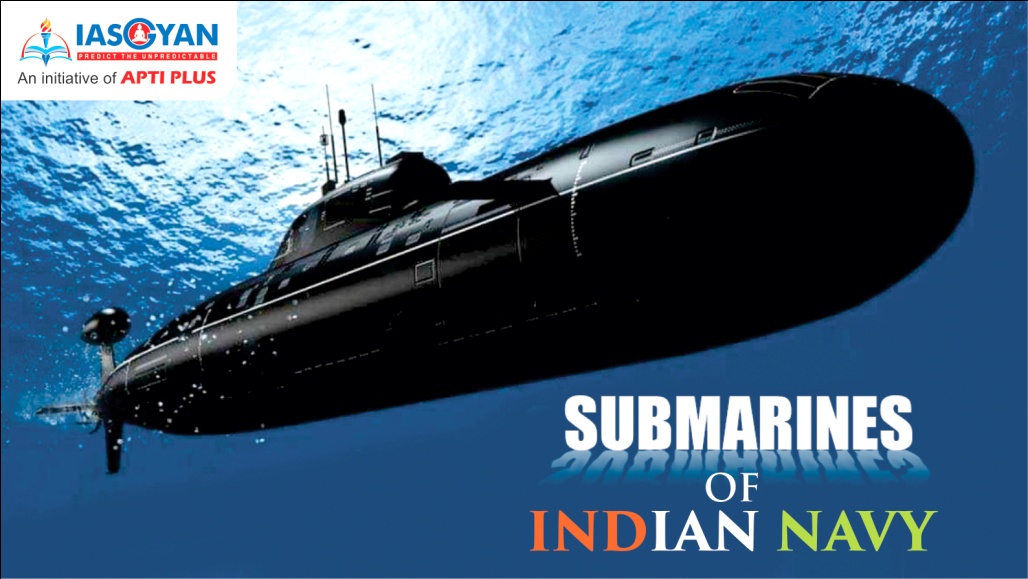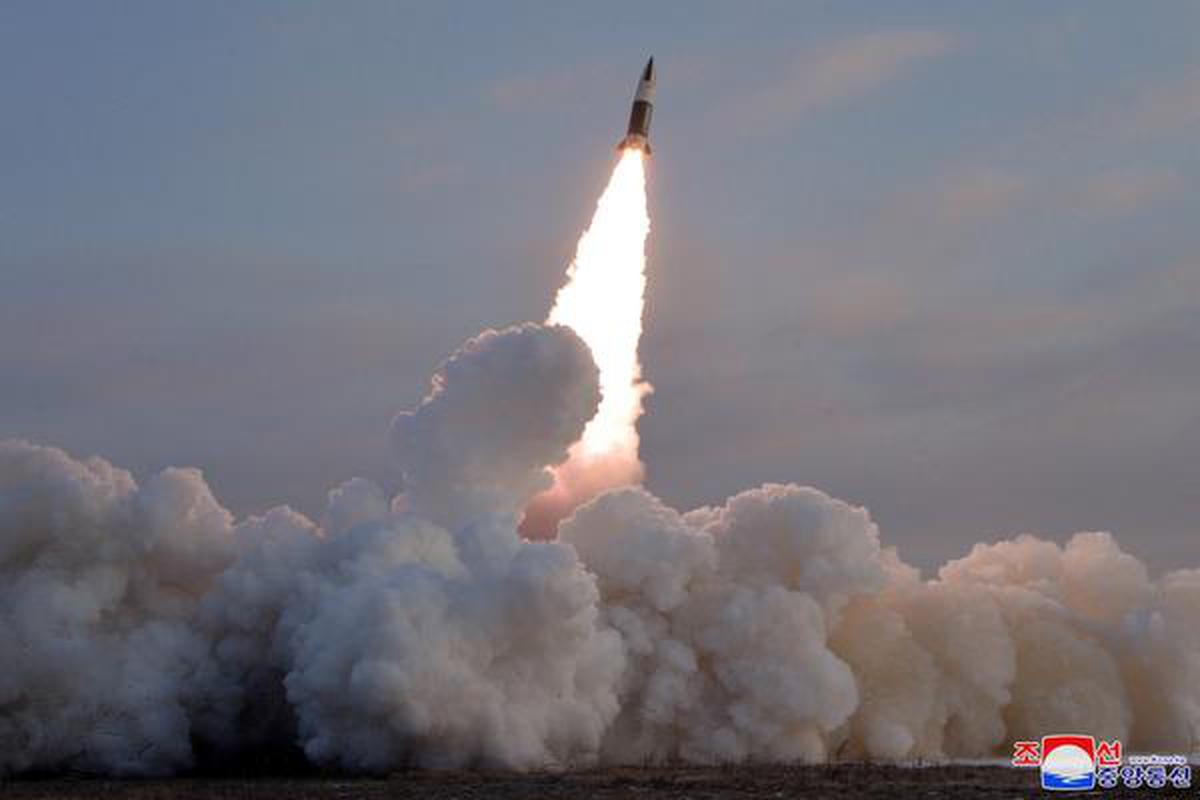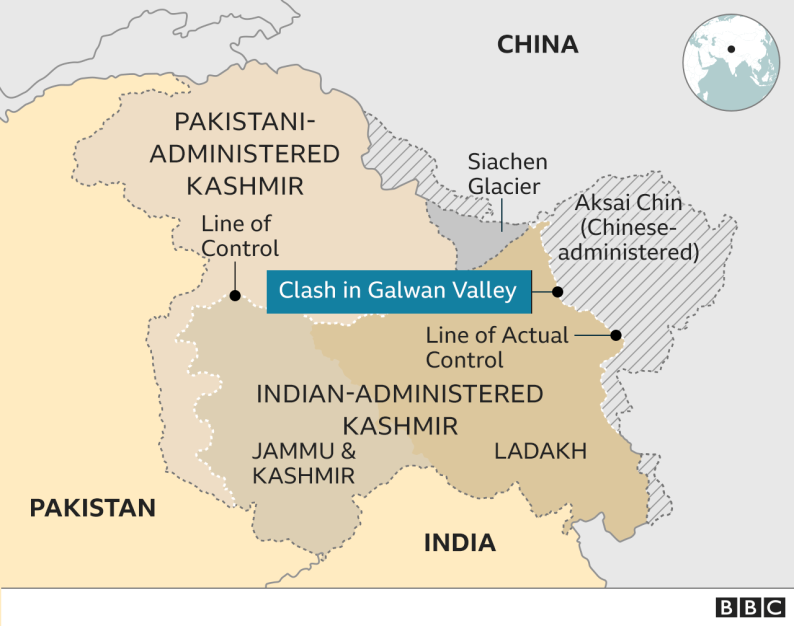Description
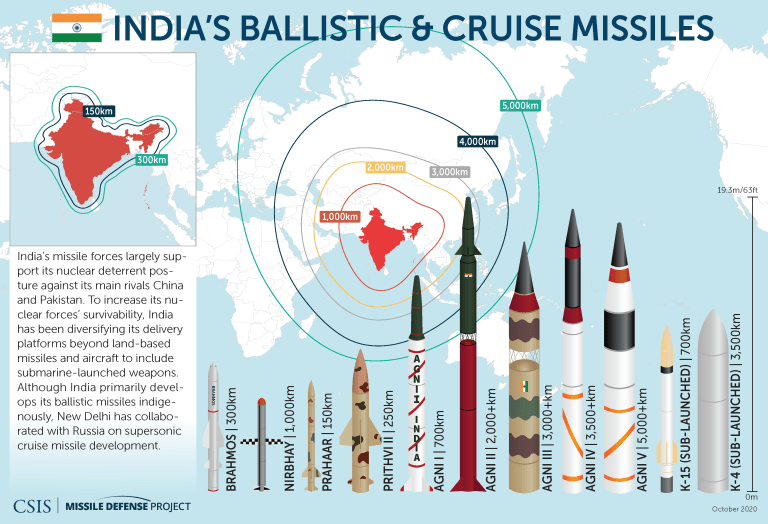
Copyright infringement is not intended
Context: Defence Minister Rajnath Singh has urged DRDO scientists to work towards developing hypersonic missile technology.
- Recently, China had demonstrated its hypersonic missile capability with successful tests of a hypersonic glide vehicle (HGV) .
What is the history of missile technology in India?
Before Independence
- Several kingdoms in India were using rockets as part of their warfare technologies.
- Mysore ruler Hyder Ali started inducting iron-cased rockets in his army in the mid-18th century.
At the time of Independence
- India did not have any indigenous missile capabilities.
- Government created the Special Weapon Development Team in 1958. This was later expanded and called the Defence Research and Development Laboratory (DRDL), which moved from Delhi to Hyderabad by 1962.
- In 1972, Project Devil, for the development of a medium range Surface-to-Surface Missile was initiated. The development of components / systems for Project Devil formed the technology base for the future IGMDP Programme.
What kind of missiles does India have?
- India is considered among the top few nations when it comes to designing and developing missiles indigenously, although it is way behind the US, China and Russia in terms of range.
ANTI-TANK GUIDED MISSILE:
- Nag has already been inducted into the services.
- It is the only “fire-and-forget ATGM meeting all weather requirements for its range (around 20 km)”.
- Recently Heli-Nag was tested, which will be operated from helicopters and will be inducted by 2022.
- There is also a Stand-off Anti-Tank (SANT) missile, with a range over 10 km it has a millimetre wave seeker, which enhances target detection in all weather conditions.
SURFACE-TO-AIR MISSILE
- The short-range SAM system Akash has already been inducted in the Army and the Air Force.
- For Akash 1, which has a seeker, the Army has already got the Acceptance of Necessity from the government.
Medium-Range SAM: Production of MRSAM systems for the Navy is complete.
- AIR-TO-AIR: Astra, India’s Beyond Visual Range Air-to-Air Missile (BVRAAM), has been completely tested and is under induction. It has a range of around 100 km. It uses solid fuel ramjet technology, which enhances speed, and will have an indigenously-built seeker.
- AIR-TO-GROUND:
- Rudram, a New Generation Anti-Radiation Missile (NGRAM), has a maximum range of around 200 km, the missile mainly targets communication, radar and surveillance systems of the adversary, and was tested from the Sukhoi-30MKI fighter jet.
- BrahMos, which India developed jointly with Russia, is already operational. It has a 300 km to 500 km range, and is a short-range, ramjet-powered, single warhead, supersonic anti-ship or land attack cruise missile.
Which of India’s missile systems are most important?
- The two most important are Agni and Prithvi, both being used by the Strategic Forces Command.
- Agni (range around 5,000 ) , is India’s only contender for an inter-continental ballistic missile (ICBM), which is available with only a few countries.
- Prithvi, although a short-range surface-to-surface missile with a 350 km range, has strategic uses.
- India also tested a anti-satellite system in April 2019. A modified anti-ballistic missile named Prithvi Defence Vehicle Mk 2 was used to hit a low-orbit satellite. It put India only behind the US, Russia and China in this capability.
What about hypersonic technology?
- India has been working on this for a few years, and is just behind the US, Russia and China.
- DRDO successfully tested a Hypersonic Technology Demonstrated Vehicle (HSTDV) in September 2020, and demonstrated its hypersonic air-breathing scramjet technology.
- India has developed its own cryogenic engine and tries to make a hypersonic cruise missile, using HSTDV.
- Only Russia has proven its hypersonic missile capability so far, while China has demonstrated its HGV capacity.
What makes India good in missile technology?
- Under the IGMP, first came Prithvi, then Agni.
- BrahMos, at 2.5-3 times the speed of sound, was among the fastest in the world when developed.
- With Agni V ready, India is working on Agni VI and Agni VII, which should have a much longer range
Where do China and Pakistan stand compared to India?
- While China is ahead of India.
- China has given Pakistan the technology, “but getting a technology and really using it, and thereafter evolving and adopting a policy is totally different”.
https://indianexpress.com/article/explained/explained-indias-missile-capability-7680821/





